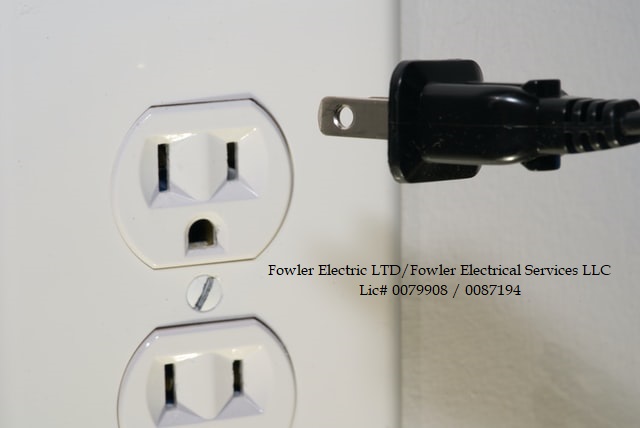Are you thinking of doing some upgrades to improve the value of your home? This article will go over 8 essential electrical upgrades for your home. Did you know that there are two kinds of upgrades you can do to your home? You have a choice between upgrades that are viewed as non-essential and upgrades that are essential.
Describing a home upgrade as non-essential doesn’t mean it’s unimportant. A non-essential home upgrade can still improve the value of your home. They are only called non-essential upgrades because your home would still be functional without them.
Essential home upgrades, on the other hand, are vital to the function of your home. These are done to ensure the safety of your home and the integrity of its structures. One example of an essential upgrade is electrical system upgrades.
Upgrading your home’s electrical systems might not make it more beautiful. But doing this upgrade offers more long-term value to you and potential buyers, says Foothills Management Company. It is important to always consider essential upgrades ahead of non-essential upgrades.
Why should you upgrade your home’s electrical systems?

Here are three reasons why you should prioritize electrical system upgrades ahead of other home upgrades:
- Makes your home safer – Faulty electrical systems are a leading cause of house fires in the United States. Around 51,000 electrical fires happen every year with as many as 500 people dying in those fires. Most electrical fires are avoidable
- Keeps your home up-to-code – New requirements are added to the National Electrical Code (NEC) every three years. Implementing these recommendations will make your home safer, more functional, and more valuable
- Increases property value – Most buyers would rather buy a home where the electrical systems have been upgraded. Showing potential buyers proof that you have done this upgrade, will improve the value of your home.
8 essential electrical upgrades for your home
- Electrical Wiring

Older wiring systems are known as knob-and-tube (K&T) wiring which came into use in the early twentieth century and aluminum wiring systems that were introduced in the 1960s can still be found in homes.
These wiring systems are not only inadequate for your home’s electrical needs, but they are also unsafe. They increase the risk of electrical shock and fires; if your home still has this type of wiring system, it should be replaced
2. Outdated Electrical Panels
The electrical panel in your home regulates the power received from the grid before it distributes it to the rest of your home. As a rule, your home should not be using more than 80% of the capacity of the panel. If your home has a 100 amps panel it will be grossly inadequate for your electrical needs. You should upgrade to a 200 amps panel
3. Old Circuit Breaker Panels
The main function of the circuit breaker is to keep the wires in your electrical system from catching fire because of overheating. Circuit breakers are designed to handle a specific amount of electrical loads. Older systems may have missing components or cannot handle the power demands of a modern home.
4. Improved Lighting

Insufficient and outdated lighting fixtures are a problem. Old lighting fixtures are often a fire hazard due to the risk of damaged wires inside them. Furthermore, they don’t provide illumination, they generate excessive heat and use more energy than modern lighting fixtures. Installing LEDs and adding more lights to the home will improve illumination and aesthetics while cutting your energy bills.
5. Modern Light Switches
One-dimensional light switches with a simple off-and-on function should be swapped for multifunctional light switches that offer more ways to control the amount of illumination in rooms. Adding dimmer switches, 3-way panel switches, or smart lighting switches will improve aesthetics and function. You can also reduce power usage at the same time.
6. Improving and Adding More Outlets
In all likelihood, your home doesn’t have enough power outlets or the outlets are not in the right places. Having more power outlets in the home will protect appliances that consume more power.
Additional outlets also improve convenience. Include safety Arc-Fault Circuit Interrupters (AFCIs) and outlets with built-in universal serial bus (USB) adapters when you do this.
7. Ground Fault Circuit Interrupters (GFCIs)
If a power outlet comes in contact with moisture or water, the GFCIs will prevent electric shock. GFCIs are usually installed in those areas of the home where there is a chance that water and electricity will meet such as bathrooms, washrooms, kitchens, and basements. Upgrading outlets to GFCI standards will improve safety and your home’s value.
8. Install Surge Protectors
Surge protectors are like circuit breakers, but unlike circuit breakers, they protect specific devices in the home. They divert power into the outlet’s grounding wire when there is a power surge. Surge protectors are particularly useful when there is a major electrical storm and in regions where lightning strikes are a common occurrence
Call us at Fowler Electrical Services to schedule an appointment with one of our knowledgeable electricians. We can help you decide which of these upgrades are best for you and your home!
